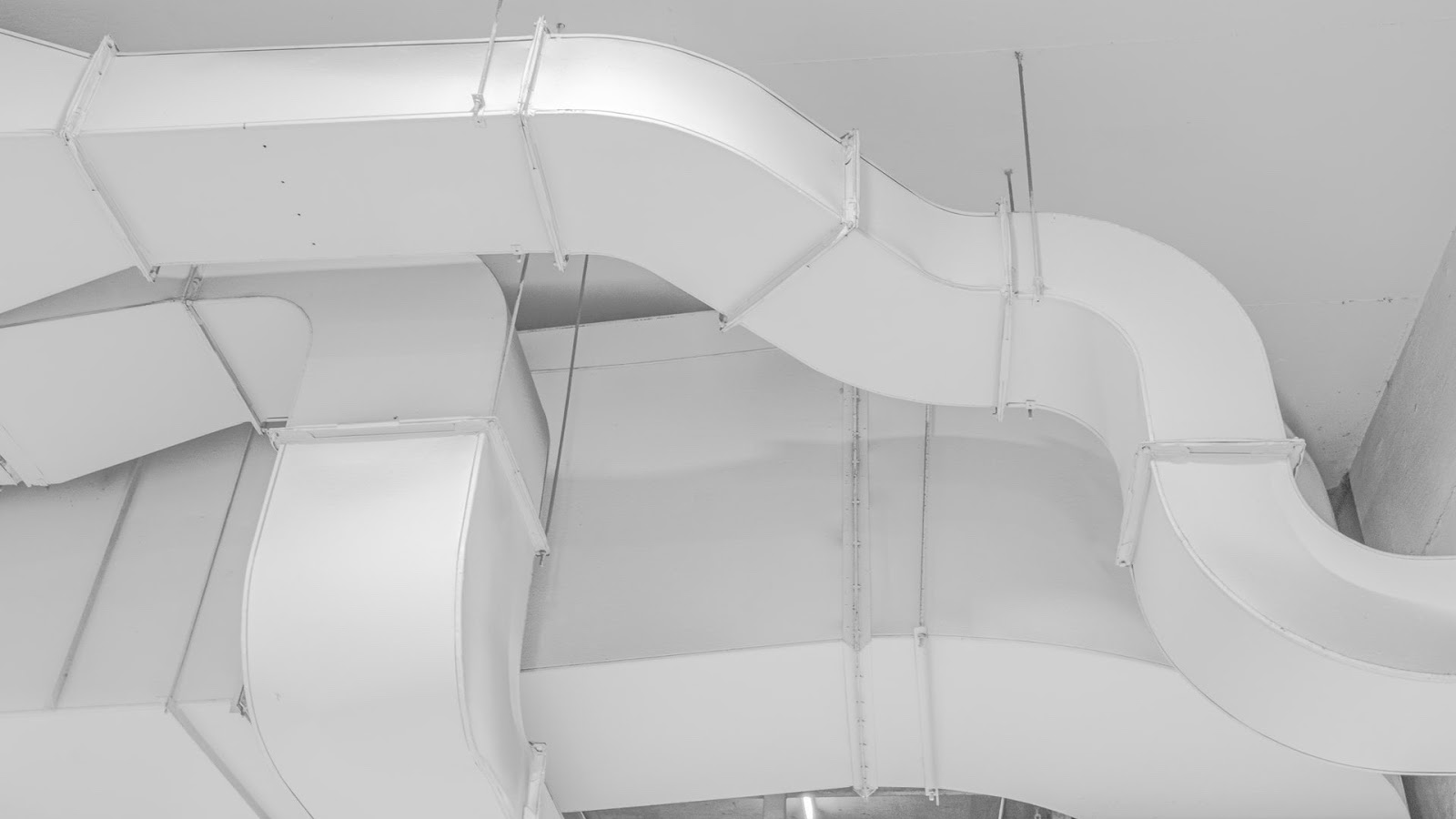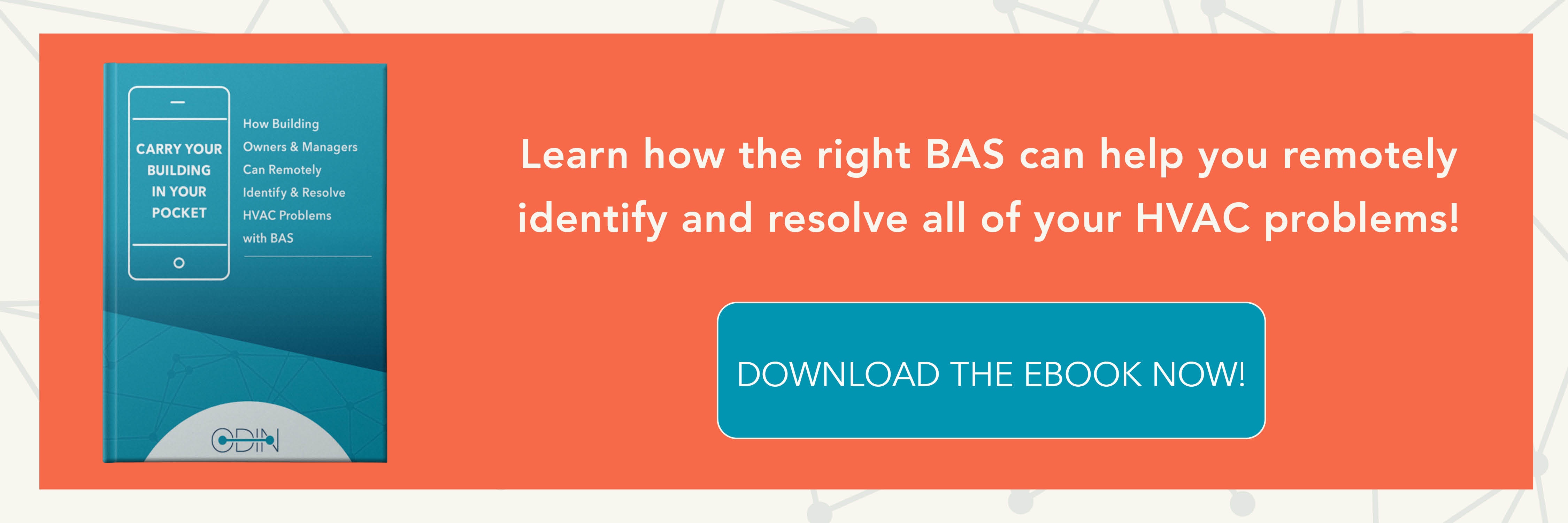
Reopening an office space after COVID-19 is a tricky balancing act between the prioritization of safety, comfort, and productivity. Office managers want to provide their employees with a safe environment where they can comfortably get their work done, but with so much uncertainty still hanging around, doing so is easier said than done.
There are several safety measures you can and probably have already taken (i.e., making space for social distancing, providing masks for employees, doubling down on how you clean the office at the end of the day, etc.), but one of the most valuable things you can do is also one of the most invisible: HVAC upgrades.
If you don’t have a plan to improve indoor air quality in your office, your HVAC systems could potentially spread germs and allergens, increasing the odds of exposing your workforce to a virus. But with a few changes and/or upgrades to your HVAC settings, you can dramatically reduce the risk of exposure and help your team feel more comfortable as they transition back into an office setting.
Here are a few HVAC upgrades and adjustments you should consider:
1) Replacing Fan Motors
HVAC systems have a fairly long lifespan, but that doesn’t mean they’re immune to degradation. In buildings with older or legacy systems, you might want to look into the fan motors that distribute air to your office. An outdated fan motor can inhibit the office air quality and, in some cases, will need to be updated with a variable-speed one.
While a variable-speed fan motor won’t eliminate the risk of transmission, it will help you maintain better airflow control. McKinsey identifies three of the most significant things better airflow control can do to help keep employees safe:
- Encouraging a vertical laminar—air moving in the same speed and in a straight path—rather than turbulent airflow
- Ensuring a slow, steady airspeed
- Directing potentially contaminated air out of rooms and away from people
2) Installing a High-Performance Air-Purification System
While improved airflow can help prevent the transmission of germs, it can’t prevent those germs from existing. To do that requires an air-purification system, which is arguably the best addition you can add to your list of HVAC upgrades.
Most commonly, purifying contaminated air involves electromagnetic radiation (i.e., an ultraviolet-C light) at an air inlet or outlet or within the HVAC unit itself. This sterilizes the air and effectively “deactivates” any viruses that may have existed in the air. While higher-grade filters and purification systems can be pricey, a study from NASA documented that some filters (like HEPA filters) can stop particles as small as 0.1 microns, which is approximately the size of the coronavirus.
3) Take Advantage of Remote Building Management Software
After introducing some HVAC upgrades into your office, you’re going to need a way to control them. What’s the point of better fan motors and air-purifiers if you don’t have easy access to them, right?
That’s where remote HVAC management software like ODIN can help. Instead of requiring you to be on-site to regulate airflow, ODIN allows you to set standards, track trends, and adjust settings as needed from anywhere you may be—all that’s required is a mobile device with an internet connection!
With a remote management system like this, you can start to improve your office’s HVAC air quality before any of your employees step inside. An HVAC system upgrade might not be able to guarantee safety, but it is a proven way to increase safety and dramatically lower the chances of anyone in your building being exposed to harmful contaminants in the air.
If you have any questions about how ODIN can help boost the efficiency of your HVAC upgrades, get in touch with us today!








